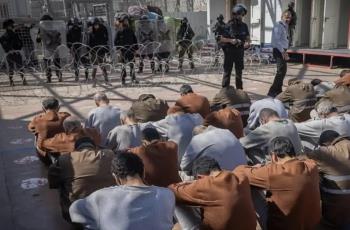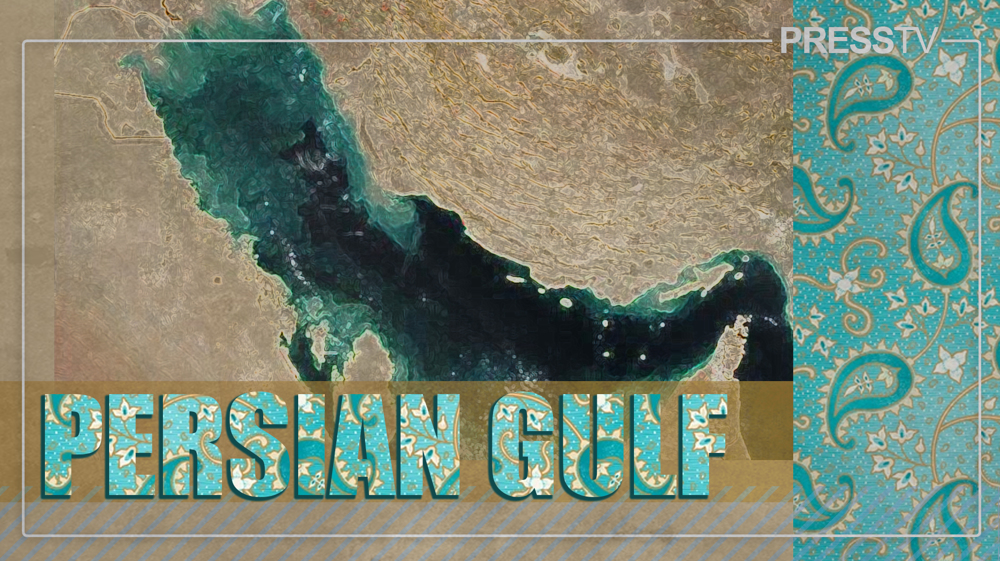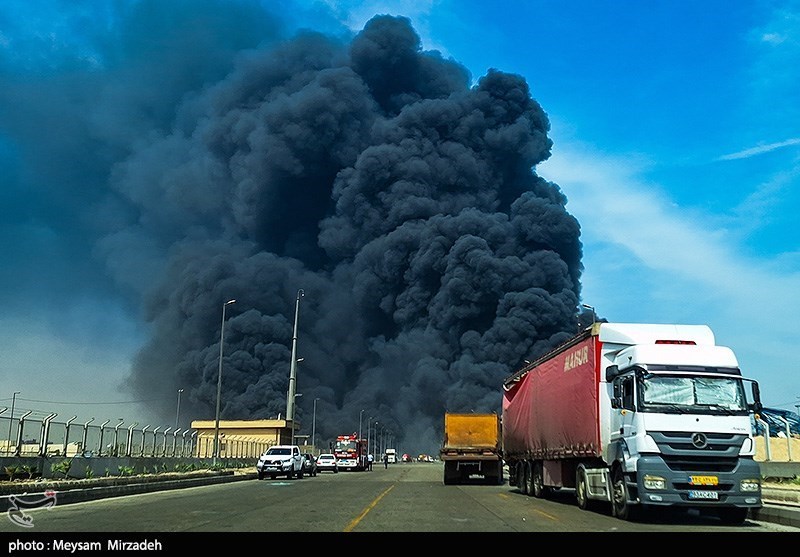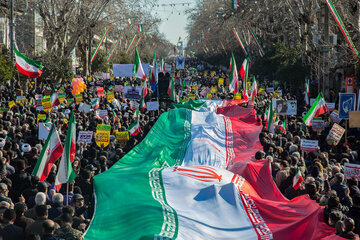Alwaght- Indonesia criticized Saudi Arabia on Tuesday for its slow response to the hajj pilgrimage disaster in Mina, saying its diplomats only received full access to the dead and injured days after the crush.
The criticism from Indonesia, the Muslim world’s most populous country, comes as its officials, as well as those in India and Pakistan, say that Saudi officials gave foreign diplomats some 1,100 pictures of those killed in last week’s disaster.
On Tuesday, Lalu Muhammad Iqbal, an official in Indonesia’s Foreign Ministry, said Saudi officials gave full access to the victims no sooner than Monday night, September 28.
The Indonesian official said at least 46 pilgrims from Indonesia, the Muslim world’s most populous country, died in the crush, adding that 10 were injured and 90 others remain missing.
On Monday, Lukman Hakim Saifudin, Indonesia’s religious affairs minister, said in a statement that Indonesians did not have free access to hospitals to search for the injured pilgrims.
Meanwhile, Pakistan’s Supreme Court said it had received a citizen’s petition asking it to open an investigation into the Mina catastrophe.
Pakistan’s Religious Affairs Ministry said at least 44 Pakistani pilgrims died in the deadly incident and 35 sustained injuries.
Elsewhere the Saudi government confirmed the death toll in the recent Hajj tragedy has reached 4,173, media reports say.
Saudi Vice Minister of Health Hamad bin Muhammad Al-Duweila said on Tuesday that he has received a photo showing that 4,173 pilgrims were killed in the tragic incident in Minda, near the holy city of Mecca, according to some reports.
The Saudi Health Ministry asserted that heat exhaustion and suffocation are to blame for the pilgrims’ death, the reports said.
The Saudi Health Ministry, however, later denied the reports.
The human crush happened on September 24, when two large crowds of pilgrims were directed to move toward each other from opposite directions in Mina. Reports indicate that Saudi authorities had blocked a road to Jamarat, forcing another column of pilgrims who had completed the ritual to return via the same route.
- With West Doubtful of Him, Can Al-Sharaa End Syria Chaotic Situation?
- Rising Repression and Denial of Medical Care in Occupation Prisons
- Araghchi: Iran and Russia Hold Aligned Positions on Global Affairs
- Araghchi Cautions the US Against Repeating Ineffective Pressure Tactics
- Maduro Hails Iran as Model for Upholding International Law
- Two Killed in Israeli Airstrikes on Vehicles in Southern Lebanon Amid Ceasefire Breach
- With Turkey-PKK Peace Faltering, Northern Syria Conflict Growing More Likely
- Armenia Growing Hasty about TRIPP Corridor
- US–Qatar F 35 Negotiations Fuel Rising Israeli Anxiety
- Iran, Russia to Fast-Track North–South Transport Corridor Following Tehran Discussions
Editor's Choice

Is Yemen on the Verge of Split? The country is sinking in chaos as conflicting forces in the south are going separate ways and Yemenis are less involved in the fate of the south.
Beirut Assassination: Tel Aviv’s Dangerous Game and Mystery of Hezbollah Response Israel is seeking to take Hezbollah into a new confrontation, but the latter has its own calculations and game.
What’s Driven Public Trust in Resistance Factions in Iraq Vote? The Iraqis find effective forces in the resistance groups that do not restrict themselves to military sphere and have worked to stabilize national economy.
Gaza Disability Crisis: A Non-healing Wound Thousands of Gazans have suffered organ amputations, making it hard for them to engage in daily life activities.
Two Blasts Signal Deadly Game in South Asia The Pakistan and India blasts suggest that a new wave of instability is in the making, raising concerns about broader insecurity.
News

Rising Repression and Denial of Medical Care in Occupation Prisons
Palestinian prisoners are experiencing heightened violence, medical neglect, and life-threatening conditions in Israeli jailsAraghchi: Iran and Russia Hold Aligned Positions on Global Affairs Iranian Foreign Minister Abbas Araghchi and Russian Foreign Minister Sergey Lavrov praised the exceptional level of coordination between Tehran and Moscow
Araghchi Cautions the US Against Repeating Ineffective Pressure Tactics Iran’s foreign minister called on the United States to respect Iran’s people and their political system
Maduro Hails Iran as Model for Upholding International Law Venezuelan President Nicolás Maduro has praised Iran as a global exemplar in defending international law
Two Killed in Israeli Airstrikes on Vehicles in Southern Lebanon Amid Ceasefire Breach Lebanon’s Health Ministry reports that two people were killed and five others wounded in separate Israeli airstrikes
US–Qatar F 35 Negotiations Fuel Rising Israeli Anxiety A review of the US–Qatar F 35 talks
Iran, Russia to Fast-Track North–South Transport Corridor Following Tehran Discussions Iran and Russia emphasized the importance of fast-tracking the implementation of the strategic North–South Corridor
Terrorist Attack at Checkpoint in Southeast Iran Leaves Three Policemen Martyred At least three Iranian police officers lost their lives in a firefight with unidentified attackers at a security checkpoint in Kerman
Iran Welcomes Chile’s Presidential Election Results, Signals Willingness to Deepen Relations The Iranian Foreign Ministry’s spokesperson congratulated Chile on the successful conduct of its presidential election
Three Vessels Struck by US Forces in The Eastern Pacific; Eight Fatalities Reported Eight killed as US military targets three suspected drug-smuggling vessels in eastern Pacific operation ordered by Secretary Pete Hegseth
Senior Commander Praises Continuous Advancements in Iran’s Air Defense Capabilities The Chief of Staff of the Iranian Armed Forces emphasized the ongoing and consistent improvement of Iran’s air defense capabilities
Iran Introduces New Nuclear Medicine Products Iran’s NSTRI has revealed three domestically developed products for diagnosing and treating diseases using nuclear medicine
US Military Aircraft Nearly Collides with Civilian Plane Near Venezuela A US military refueling plane narrowly avoided a collision with a civilian passenger aircraft off Venezuela’s coast
Russia Says It Intercepted 130 Ukrainian Drones Overnight Russia’s Defense Ministry says air defense units intercepted 130 fixed-wing Ukrainian drones overnight across multiple regions and over the Caspian Sea
Human Rights Watch Says Israel Is Blocking Reconstruction in Southern Lebanon Human Rights Watch says Israeli attacks on reconstruction machinery and civilian factories in southern Lebanon after the ceasefire breach the laws of war and amount to war crimes
Mass Shooting at Jewish Gathering in Australia Leaves 12 Dead and Dozens Injured Two gunmen opened fire at a Jewish gathering in Sydney on Sunday, killing at least 12 and injuring dozens more
Iran FM Araghchi Meets Pakistan’s Special Representative in Tehran Mohammad Sadiq, Pakistan’s special envoy on Afghanistan, held talks with Iran’s Foreign Minister Abbas Araghchi in Tehran on Sunday
Iran Opposes External Interference, Calls for Regional Cooperation on Afghanistan Iranian Foreign Minister Abbas Araghchi said externally imposed solutions and foreign decision-making cannot bring lasting stability to Afghanistan
Diplomatic Discussions Underway Concerning Iran’s Nuclear Program IAEA Director General Rafael Grossi said discussions to address Iran’s nuclear program are continuing
Palestinian Teenager Martyred in Israeli Military Raid in Northern West Bank A Palestinian teenager was killed after being shot by Israeli forces during an overnight operation in a town in the northern Israeli-occupied West Bank
Most Viewed
Maduro Hails Iran as Model for Upholding International Law
Rising Repression and Denial of Medical Care in Occupation Prisons
Araghchi Cautions the US Against Repeating Ineffective Pressure Tactics
With West Doubtful of Him, Can Al-Sharaa End Syria Chaotic Situation?
With Turkey-PKK Peace Faltering, Northern Syria Conflict Growing More Likely
Araghchi: Iran and Russia Hold Aligned Positions on Global Affairs
Two Killed in Israeli Airstrikes on Vehicles in Southern Lebanon Amid Ceasefire Breach
Iran’s Pezeshkian in Central Asia, Energy and Transit Top on Agenda
Southern Lebanon Hit by Israeli Airstrikes as Ceasefire Violations Persist
US Tanker Seizure Brings War Clouds Lower on the Caribbean
Tehran and Riyadh Going Beyond De-escalation, Now Seeking Common Cooperation Grounds
Troubled Louvre Museum Faces Some Grave Scenarios
Israeli Forces Launch Fresh Incursion into Rural Quneitra, Syria
Three Vessels Struck by US Forces in The Eastern Pacific; Eight Fatalities Reported
Tehran Meeting Further Step to Address Afghanistan Challenges
Khatibzadeh: Iran-China Relations Stand Strong and Historical
Two Killed in Israeli Airstrikes on Vehicles in Southern Lebanon Amid Ceasefire Breach
Mass Shooting at Jewish Gathering in Australia Leaves 12 Dead and Dozens Injured
Iran Welcomes Chile’s Presidential Election Results, Signals Willingness to Deepen Relations
Palestinian Teenager Martyred in Israeli Military Raid in Northern West Bank
What’s Pezeshkian’s Central Asia Visit Yielded?
Iran, Ethiopia Expand Economic Cooperation Following BRICS Membership
Israeli Strike on South Lebanon Kills One
With Multi-billion Plans Collapsing, Saudi Megaprojets Prove a Failure Story
Russia Says Western-Backed IAEA Resolution Could Undermine Recent Progress with Iran
Mystery of Gaza ’Peace Council’: An Ambiguous Mission with Dangerous Objectives
Araghchi: Caspian Sea as Vital to Iran as Persian Gulf; Russia A “Strategic Partner”
Israel Conducts New Attacks on Southern and Eastern Lebanon
Israeli Airstrike Leaves 15 Dead at A Palestinian Refugee Camp in Southern Lebanon
Iran’s Missile Capabilities Are Advancing and Becoming More Robust Than Ever
Trump Struggles to Escape Epstein Scandal
Why’s Trump Boycotted South Africa G20 Summit?
IAEA, from Claims of Neutrality to Close Ties to Tel Aviv
Gaza, West Bank Endure Severe Economic Downturn, UNCTAD Reports
Military Mobility Corridors: Europe Bracing for Possible Russia Confrontation
Iran Accuses US and EU3 of Undermining Cairo Agreement with IAEA
How Are Lebanese Govt.’s Incorrect Policies Emboldening Israeli Attacks on Lebanon?
In Focus

Ansarullah
A Zaidi Shiite movement operating in Yemen. It seeks to establish a democratic government in Yemen.
Shiite
represents the second largest denomination of Islam. Shiites believe Ali (peace be upon him) to be prophet"s successor in the Caliphate.
Resistance
Axis of Resistances refers to countries and movements with common political goal, i.e., resisting against Zionist regime, America and other western powers. Iran, Syria, Hezbollah in Lebanon, and Hamas in Palestine are considered as the Axis of Resistance.
Persian Gulf Cooperation Council
A regional political u n i o n consisting of Arab states of the Persian Gulf, except for Iraq.
Taliban
Taliban is a Sunni fundamentalist movement in Afghanistan. It was founded by Mohammed Omar in 1994.
Wahhabism & Extremism
Wahhabism is an extremist pseudo-Sunni movement, which labels non-Wahhabi Muslims as apostates thus paving the way for their bloodshed.
Kurds
Kurds are an ethnic group in the Middle East, mostly inhabiting a region, which spans adjacent parts of Iran, Iraq, Syria, and Turkey. They are an Iranian people and speak the Kurdish languages, which form a subgroup of the Northwestern Iranian branch of Iranian languages.
NATO
The North Atlantic Treaty Organization is an intergovernmental military alliance based on the North Atlantic Treaty which was signed on 4 April 1949.
Islamic Awakening
Refers to a revival of the Islam throughout the world, that began in 1979 by Iranian Revolution that established an Islamic republic.
Al-Qaeda
A militant Sunni organization founded by Osama bin Laden at some point between 1988 and 1989
New node













